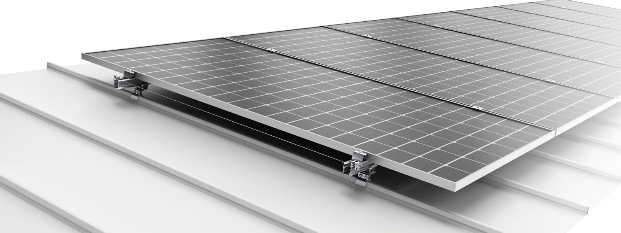Mounting solar panels on tile roofs presents unique challenges that require careful consideration to ensure a successful installation. The complex nature of tile roof solar mount necessitates an understanding of both the roofing material and the mounting system. Addressing these challenges effectively can lead to optimal energy production while preserving the integrity of the roof.
Structural Integrity and Waterproofing Concerns
One of the primary challenges with tile roof solar mounts is maintaining the structural integrity of the roof while ensuring proper waterproofing. Tile roofs are often fragile, and drilling into them can risk damaging the tiles and creating leaks. To mitigate this, installers should use specialized tile roof solar mounts that are designed to distribute weight evenly and minimize stress on individual tiles. Additionally, using flashing to cover any penetrations can enhance waterproofing and protect the roof from potential leaks.
Adaptation to Tile Types and Slope
Another challenge arises from the variety of tile types and roof slopes. Different materials—such as clay or concrete tiles—require specific mounting solutions tailored to their characteristics. Furthermore, the slope of the roof influences the choice of a tile roof solar mount, as steeper angles may require additional stabilization. Installers must consider these factors when selecting an appropriate mounting system to ensure compatibility and maximize performance.
In conclusion, addressing common challenges associated with tile roof solar mounts is essential for a successful solar panel installation. By focusing on structural integrity and adapting to various tile types and slopes, homeowners can ensure its solar systems operate efficiently without compromising its roofs. Companies like Antaisolar provide effective mounting solutions specifically designed for tile roofs, enabling seamless integration of solar technology into residential environments.

